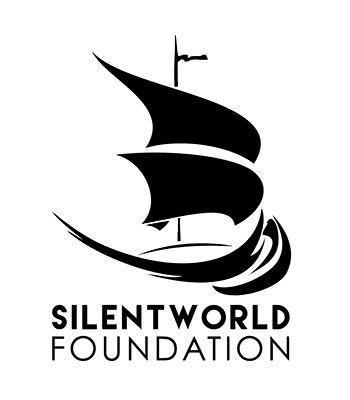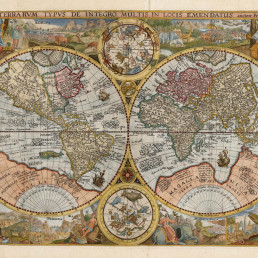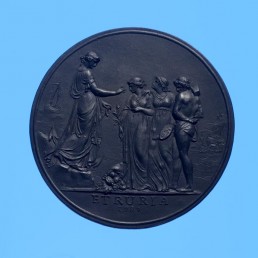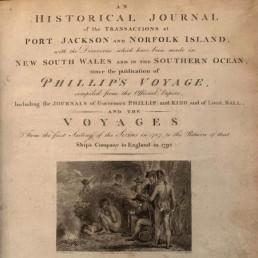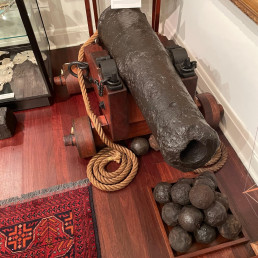Name/TitleLight anti-personnel swivel Carronade, maker unknown. From an unidentified shipwreck on Wishbone Reef Cape York, Australia.
About this objectThis lightweight carronade was raised from an unidentified shipwreck on Wishbone Reef on the northern Great Barrier Reef. It was designed to be mounted on a slide rather than a gun carriage and would have been on the deck unlike traditional cannon which were usually kept below deck and were fired through a gun port. It would have been used at close range against boarding parties of pirates or native attackers and the slide was designed to give the gun the greatest possible arc of fire.
Carronades were short smoothbore, cast iron cannons used by the Royal Navy and merchantmen from the 1770s to the 1850s. Their main function was to serve as powerful, short-range anti-ship and anti-crew weapons and could cause immense damage to ships and personnel at distances up to a few hundred yards.
Some swivel carronades were mounted on a pin which was fixed to a rail or top of the ship’s bulwark creating a wide arc of fire whereas this design was fixed to a slight allowing the gun to be moved about the deck.
Date Madec1800
Period18th century
Place MadeUnited Kingdom
Medium and MaterialsMetal (iron)
Object TypeMaritime Archaeology
Copyright Licence![]() Attribution - Non-commercial - No Derivatives (cc)
Attribution - Non-commercial - No Derivatives (cc)
Explore by category
Maps and Charts
Date range: 1541-1836
Ship Models
Date range: 1629-1890
Maritime Paintings
Date range: 1793-1849
Manuscripts and Ephemera
Date range: 1768-c1850
Medallions & Convict Tokens
Date range: 1619-1880
Landscapes
Date range: 1768-c1850
Books
Date range: 1694-c1850
Currency and Shares
Date range: 1624-1823
Printed Material
Date range: 1541-1836
Maritime Archaeology
Date range: 1629-1854
Curator's corner
New acquisitions, staff favourites and curios
The mug is decorated with an underglaze and a blue transfer print. On the body, it is titled ‘Emigrants to Australia’. This type of body and glaze was discontinued by 1840. Comparison of the handle shape and the profile of the foot, point to the attribution of manufacture by the Davenport Factory.
Delta was a ship-rigged vessel with two decks and three masts. It was built in Dordrecht, Netherlands in 1839 at the shipyard of Jan Schouten and registered in the same port. Its hull was constructed of oak and sheathed in ‘yellow metal’. Delta was owned by H. van der Sande at the time of its loss and was engaged as a cargo trader.
The Delta carried 29 crew and passengers, while sailing from Melbourne to Batavia in ballast when wrecked at Kenn Reefs on 30 May 1854 whilst under the command of Captain J.G. Kunst. This vessel loss supports the pattern of shipwrecks located on a well-travelled shipping route that was poorly charted until the mid-nineteenth century. The crew of the Delta could see four other shipwrecks at Kenn Reefs at the time of their vessel’s loss.
Important image of a ship associated with Matthew Flinders, that would shortly become one of the most famous early shipwrecks in eastern Australian waters. This is a fine ship’s portrait, by one of the great exponents of the art
